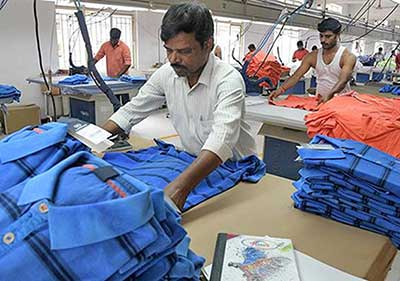Date: 05/11/2022
Relevance: GS-3: Indian Economy and issues relating to planning, Mobilization of Resources, Growth, Development, and Employment.
Key Phrases: Tax Reforms Fiasco, Decision-Making For An Unknowable Future, Macro-Level Changes, West-Led Model Of Free-Market Economics, Nurturing A Saving-Investment Balance, Self-Reliance As A Doctrine
Why in News?
- As Britain deals with the aftermath of the tax reforms fiasco and a change in leadership, it is not the only country in the world struggling with developments in the economy, leading to “decision-making for an unknowable future”.
- Across the globe, unprecedented macro-level changes are taking place in all major economies, puzzling policymakers. However, India’s position appears to be relatively better.
Key Highlights:
- India is more confident in tackling problems on account of good forex reserves, a stable financial sector, growth trends, and political stability provide comfort but the time has come that India rethinks its development agenda for the next 25 years.
- India also has the conditions in place for an economic boom fuelled by investments in manufacturing, the energy transition, and the country's advanced digital infrastructure and these drivers will make it the world's third-largest economy and stock market before the end of this decade ending 2030.
Do you know?
- Just a decade ago, the Indian GDP was the eleventh largest in the world.
- India's economy has overtaken the United Kingdom's in terms of size, making it the fifth biggest.
- India's growth is accompanied by a period of rapid inflation in the UK, creating a cost of living crisis and the risk of a recession which the Bank of England predicts could last into 2024.
- This situation, coupled with a turbulent political period and the continued hangover of Brexit, led to Indian output overtaking that of the UK.
The Need For An Indian Way:
- In the way the “economics question papers set for different countries are different” the answers too have to be endogenous, suiting each county’s civilizational ethos.
- The West-led model of free-market economics has failed in ensuring sustainable growth.
- Moreover, the US has now become hostage to commodity price increases and its relevance is under threat as a superpower.
- Its levers of control over the international financial structure and the power of sanctions have failed to challenge Russia and the centre of gravity of economic power is slowly but surely getting diffused.
- It is advantageous for India, China, and a few other non-G-7 countries.
Growth Model Taking Into Account Indian Traditional Values: Five fundamental value matrices:
- Nurturing a saving-investment balance:
- There is a need to build on domestic savings as the prime instrument of our growth.
- Savings has been the civilisational strength of the nation and should not be ignored by spending-led demand-induced growth.
- In other words, the savings-investment balance needs to be nurtured and maintained and a current account deficit to finance the savings-investments gap will not be a desirable pursuit.
- Domestic Demand To Be The Fulcrum Of Growth:
- The country’s growth needs to be sustained by domestic demand.
- Although linkages with the outside world through trade (exports/imports) will be an inevitability, it cannot be the fulcrum of our growth.
- This is especially true as the Russia-Ukraine war and its aftermath have undermined the “trust” element in the global financial order where even a financial transaction system like SWIFT has been used as part of the “sanctions” against Russia.
- Adoption Of Self-Reliance As A Doctrine:
- In the post-Ukraine world order, the problems posed by supply-chain disruptions have been brought home with telling effect.
- Emerging powers that look for sustainable growth have to necessarily adopt self-reliance as a doctrine that would fit in with the government’s push towards Atmanirbhar India.
- Overhauling Of Educational System:
- There is a need for overhauling the educational system to rebuild national self-confidence.
- Models like family/community networks that lead to business clusters (examples being Tirupur, Morvi, Ludhiana, etc.) should be adapted to the changing times.
- Promoting A Collectivistic Model Of Development:
- India cannot afford to adopt the totally individualistic development model of the West which places a premium on individual freedom of choice.
- The individualistic society disowns the responsibility towards elders including parents, which is a foundational aspect of the Indian ethos.
- State welfare has its limitations, and no nation can create structures to replace what the family as a unit can do.
Source: The Hindu BL
Mains Question:
Q. The West-led model of free-market economics has failed in ensuring sustainable growth. In this context, discuss the fundamental values needed in order to develop a growth model based on traditional Indian values i.e., an Indian way of development agenda.(150 words).








